Learning how to edit a manuscript can mean the difference between a great book and a merely good one. That final edit can be a daunting task — that crucial step before your words make their last leap from screen to printed page. How can you be sure that your manuscript is as good as it can possibly be? After all, no one wants to deal with the embarrassment of finding a mistake in your finished product.
Let’s take a look at some surefire ways to maximize your editing’s impact.
Defamiliarize Your Manuscript
You’ve been working hard on your book for weeks, months, maybe years — hunched over your laptop and staring at the flashing cursor. Soon you’ll have reread your manuscript so many times that you’ve practically memorized it. Trouble is, every sentence looks so familiar now that you don’t notice that missing clause, or that misspelled word, or that incorrect conjugation.
To get around this, approach your manuscript as your reader would. Convert your draft to an electronic format and read it on your favorite eReader. Save it as a PDF and read it in Acrobat. You can even print it if you’ve got paper to spare.
By reading your manuscript in a new context, you’ll be seeing it with a fresh pair of eyes. Any errors or inconsistencies should now jump right out.
Take a Step Back
Similarly, don’t be afraid to walk away from your project for a day or two. You’re self-publishing, so there are no deadlines to worry about. Just like taking a short vacation, you will return to your words rejuvenated and refreshed, and you’ll be able to edit a manuscript with a renewed sense of objectivity.
Aim for Precision
While a good thesaurus is a dependable companion in your writing journey, keep in mind that the longest or prettiest words are not necessarily the best words. Even Hemingway was quick to point out that big emotions don’t come from big words. Instead, make sure you aim for precision when expressing your ideas so that your readers don’t get tangled up in a jungle of ten-dollar adverbs.
Streamline Your Dialogue
Does your manuscript contain a lot of dialogue? Fantastic! To best convey the rhythm and flow of a real conversation, however, make sure not to overuse dialogue tags. These are your “he said”s, “she said”s, and “they exclaimed”s. Too many of these and your dialogue will come across as unnatural and clunky. Try to limit these to instances where there’s no other convenient way to indicate who’s speaking.
Grammar and Punctuation
Grammar, punctuation, and syntax errors are the first things any editor will identify, and for good reason: they mean the difference between a polished and professional finished product and an amateurish first draft. Luckily, you now have a multitude of tools at your disposal to help eliminate these pesky errors. Although your word processing software no doubt has spelling and grammar tools already built in, you now have more advanced options to help you optimize your writing. You can utilize any number of cloud-based typing assistants, for example, or connect immediately with a freelance editor anywhere in the world. You can also share your draft with any one of hundreds of online writing communities for immediate feedback, or subscribe to a scholarly guide like The Chicago Manual of Style. Regardless of what you choose, there is a solution that will meet your needs and means.
The Cliche Advice
There are four bits of advice that any writer hears as soon as they first pick up a pen: “Show, don’t tell.” “Avoid adverbs.” “Never use the passive voice.” “Avoid cliches.” These lines are so oft-repeated that they have themselves become cliches. They are so ubiquitous, in fact, that it’s almost become too easy to forget about them. Remember: these old adages are classics for a reason.
Break the Rules
Of course, you can pull just about any book off your shelf and immediately find exceptions to every piece of editorial wisdom you’ve ever heard. That’s because it’s perfectly fine to bend the rules, or even break them, but to do so with style and aplomb means knowing which rules you’re breaking, and why. Remember, this is your story, and you need to tell it how it needs to be told. Just make sure there’s intentionality behind your boundary-breaking flair.
At Presto Page, we understand that becoming a skilled editor takes practice and dedication. Ready to take the next step to transform your editing prowess? Connect with our team to see how you can elevate your writing and set yourself on the path to literary excellence

